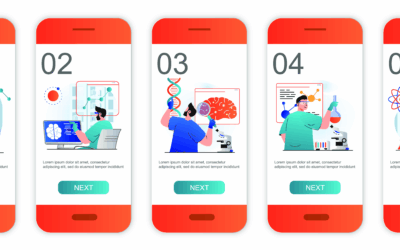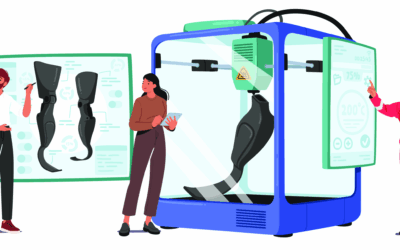The integration of Artificial Intelligence (AI) and Machine Learning (ML) into medical devices is revolutionizing healthcare, unlocking unprecedented opportunities in diagnostics, treatment, and patient care. Yet this swift technological advancement introduces complex...
FDA Guidance on Human Factors and Usability Engineering for Medical Devices
Human factors studies and usability engineering are critical elements in the safe, effective, and user-centered design of medical devices. These disciplines ensure that devices are intuitive, reduce the likelihood of use errors, and support positive patient outcomes....
FDA-Compliant Label Comprehension Studies for OTC Drug & Device Clearance
FDA-compliant label comprehension studies are a critical part of the U.S. Food and Drug Administration (FDA) clearance process for over-the-counter (OTC) drugs and medical devices. These studies help ensure that consumers can safely and effectively use nonprescription...
FDA Risk Analysis for Your Medical Devices: What You Need to Know Now
FDA Risk Analysis, including Use-Related Risk Analysis (URRA), is no longer optional—it’s essential for medical device compliance. This guide explains URRA, why it’s vital for FDA submissions, and how to initiate effective risk management early in device development....




